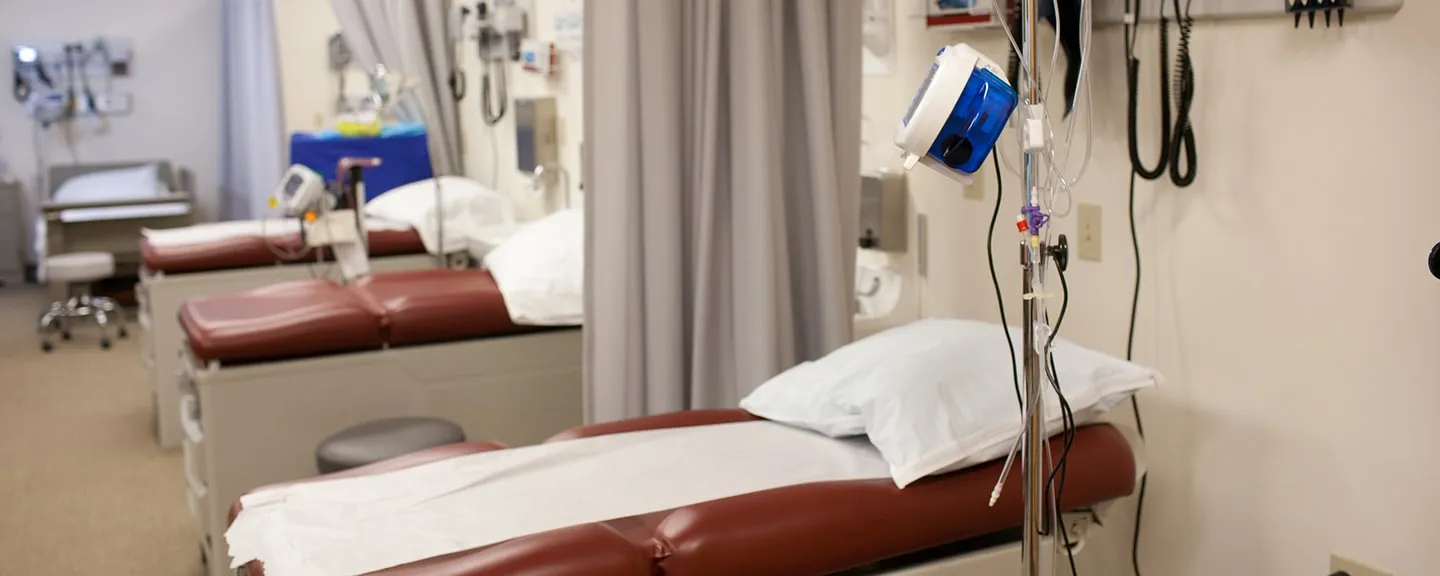- Home
- >
- APU Articles
- >
- News Article
College Student Health Insurance Guide: 3 Tips for Parents and Guardians
June 07, 2018 | Written By Naomi Mannino

Considering the medical costs that are likely to arise during the years your student is working toward their degree, ensuring that they’re protected by an insurance plan is crucial. Here are three tips to help you weigh available options and choose coverage.
1. Remember, Undergraduate Students Must Waive or Be Automatically Enrolled
Health insurance is an important part of the physical and mental safety of students when they are away at college, and it is required for all undergraduates (including all international students who hold an F-1 or J-1 visa). Health insurance is optional for graduate and professional students.
If your child is a student at Azusa Pacific University, you can either keep them on your family health insurance plan or you can purchase a standalone Student Health Insurance Plan (SHIP). This coverage is provided by Anthem for $754 per semester or $1,509 for the entire 12 months of the 2020-21 school year.
If an undergraduate student is opting to stay on their family’s plan instead, they can choose to waive their rights to the SHIP. If they have not waived the SHIP by September 7, they will be automatically enrolled in the SHIP.
No matter what health insurance plan you and your student choose, all undergraduates have access to the campus health center for free and can get low-cost health services, notes Gidget Wood, administrative director for APU’s Student Health Center.
2. Consider the Benefits
The SHIP provided by Anthem can be very beneficial and cost-effective for families that are on a health insurance plan with a high deductible because it offers comprehensive benefits and is inexpensive, Wood advises. This college student health insurance plan covers pre-existing conditions, preventative care services, physician office visits, consultation visits, labs and X-rays, as well as prescription drugs, ambulance service, emergency care, inpatient and outpatient mental health services, inpatient and outpatient surgical procedures, and hospital room and board costs.
“Students on family HMO plans require a primary care physician to make all referrals, which means your student would have to wait to come home to see the doctor or pay for cash services to be seen,” says Wood.
The SHIP allows your student to seek services when he or she needs them, and enables them to receive medical services without worrying about high deductibles or high copays—no matter what happens.
3. Consider the Details
Wood says the Student Health Center is accessible to all students and they can even make an appointment online very easily.
The health center charges nominal fees for blood work, prescription medications, durable equipment (such as walking boots or braces), biopsy pathology, and suture materials, which are charged to the student’s account. Those who have a PPO or the SHIP can send in their billing statement for reimbursement and SHIP pays 100 percent reimbursement. Students with other HMO plans are typically not reimbursed by their insurance.
The health center stocks about 50 of the more common prescription medications, and almost all are available for $10, but students with SHIP only pay 25 percent. Students with any other plan will pay cash or have to pick up their prescription at a local pharmacy.
Some chronic conditions can be evaluated in the Student Health Center. APU’s medical professionals are able to monitor medical status, collect and send out lab work, and write prescriptions (including ADD/ADHA medications). For students with more complicated conditions such as diabetes, the staff work with families to establish care plans with specialists in the community.
“College students lead very busy lives, but having the freedom to get their medications at the Student Health Center or have a procedure done, blood test done, sutures, knee/foot braces, casting, and even wart and mole removals right here on campus can be the difference in seeking help or not,” says Wood.